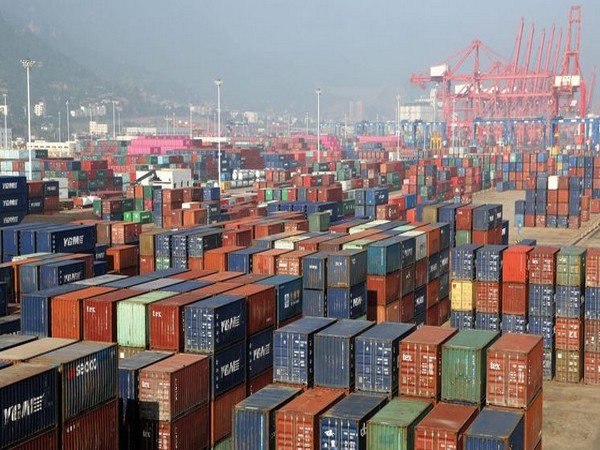US Tariffs on Indian Goods: A Double-Edged Sword for Trade Dynamics
President Trump's 27% tariff on Indian goods poses a dual-edged impact. While offering India an export advantage due to lower tariff rates than other Asian nations, it also intensifies global trade competition, necessitating strategic economic adjustments to maintain domestic stability and capitalize on global trade opportunities.

- Country:
- India
In a significant trade development, U.S. President Donald Trump has announced a 27 percent tariff on Indian goods imported into the United States. Economic analysts suggest that this move will pose a dual impact on India's economy. With India's tariffs being among the lowest in Emerging Markets in Asia, second only to the Philippines, Indian exporters may experience less difficulty than initially feared.
Economic specialist Sonal Badhan from the Bank of Baroda pointed out that, "This is expected to have a significant impact on U.S. inflation and global trade dynamics." Indian exporters, she noted, might face fewer challenges since tariffs on U.S. imports from India are lower compared to other Asian counterparts, with a 26% baseline duty augmented by 10%, whereas the Philippines experiences a combined 17%+10% baseline.
Industry body ASSOCHAM and experts like Sanjay Nayar highlighted that the tariffs are poised to bring about a major shift in global trade and manufacturing value chains. Against this backdrop, India must focus on maintaining bank liquidity to support domestic consumption and small businesses, advised Debopam Chaudhuri, Chief Economist at Piramal Group.
In contrast, Kunal Chaudhary from EY India warns of intensified competition in non-US markets. He elaborates that while the lower tariffs provide an edge over countries like China and Vietnam, Indian manufacturers could face increased competition as those nations divert their focus to other global markets.
The tariffs specifically target a 25 percent levy on steel, aluminium, and auto-related goods from India, with pharmaceuticals, semiconductors, copper, and energy products remaining unaffected. For other goods, a reciprocal tariff of 27 percent, not 26 percent as previously reported, will be applied, according to sources. (ANI)
(With inputs from agencies.)










